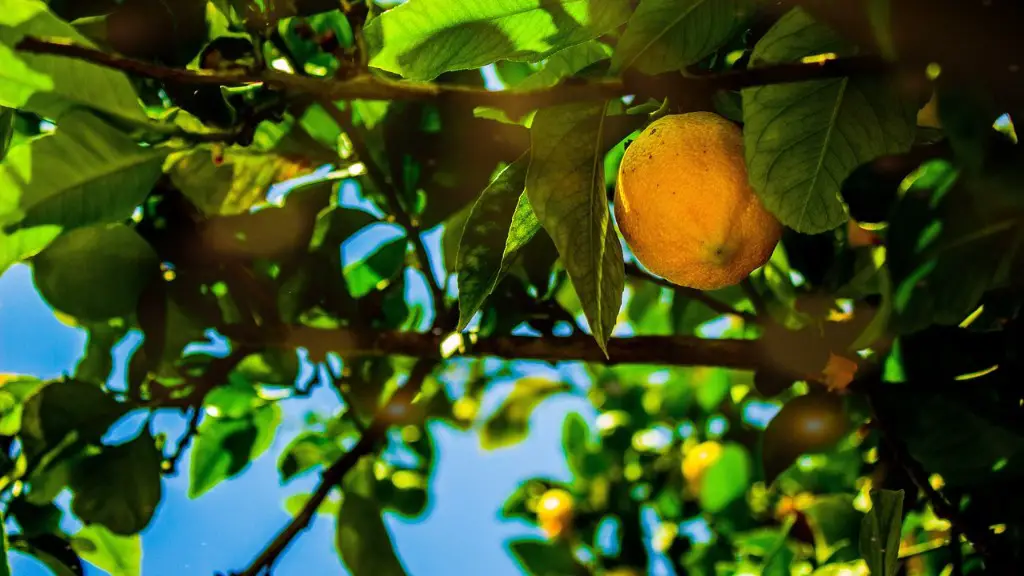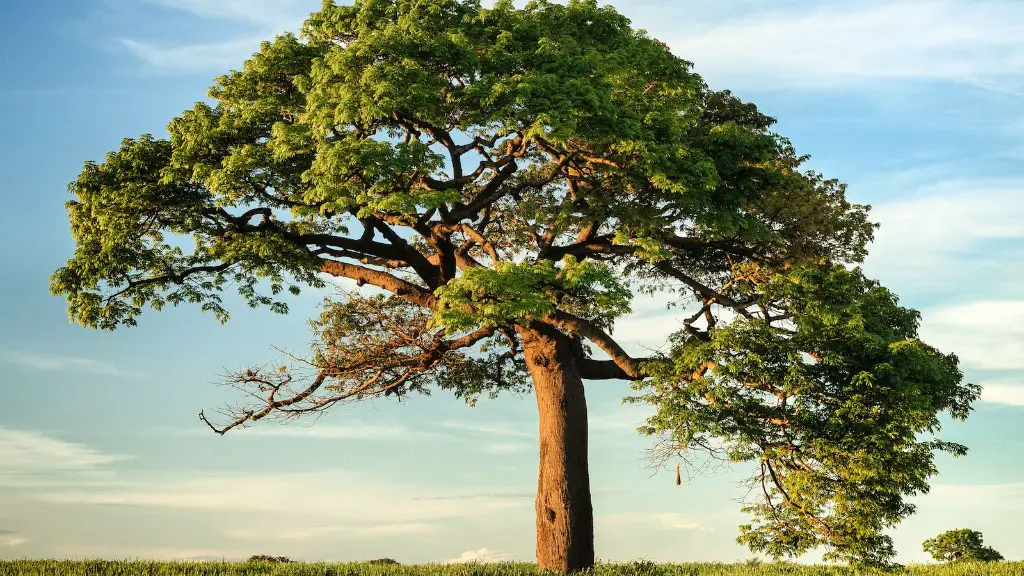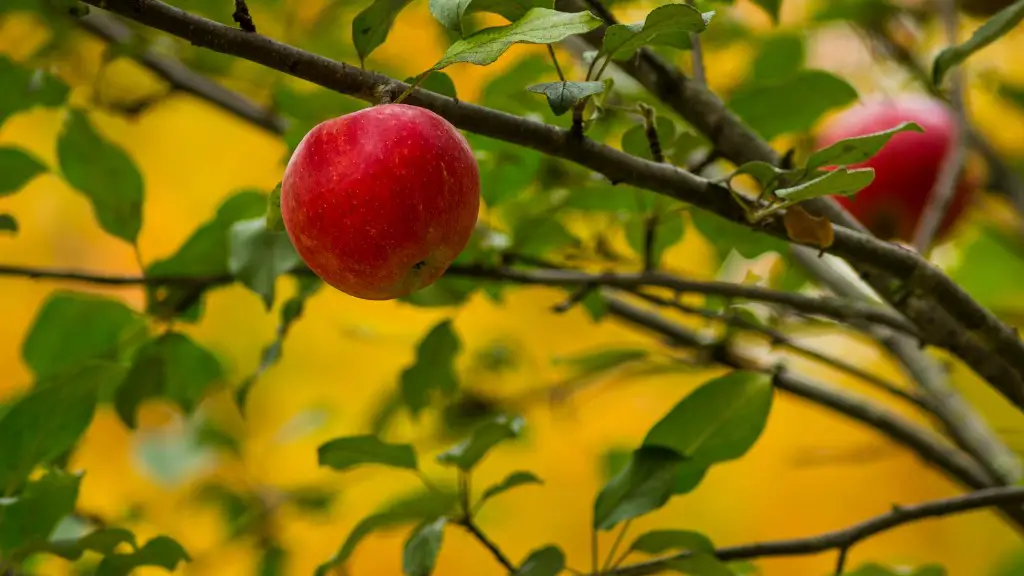Palm trees are known for their iconic shape and tropical aesthetic. This type of vegetation is often seen as a symbol of luxury and high-end living. Oftentimes, these trees can suffer from poor health, leading to their leaves turning brown and dying. To keep your palm trees looking vibrant and green, knowing how to make palm tree leaves green is essential.
The first step to keeping palm tree leaves green is making sure you are giving your palm tree the proper care. It needs to be watered daily and kept in a shaded location, as too much sun will cause its leaves to burn. Ensure that the soil it’s planted in is also not too acidic; if the soil’s pH level is too low, it could cause the leaves to turn brown. Additionally, fertilizing your palm tree regularly with a fertilizer specifically made for palms will help boost its health and keep its leaves looking luscious and green.
It’s also important to note the type of palm tree you have when attempting to make its leaves green. Different species have different needs and preferences in terms of maintenance and care. Consult a professional to check on the health of your palm tree and ask further questions about what it requires and how to keep it looking its best.
Be mindful of spreading diseases, too. In some cases, what looks like brown leaves are actually symptoms of pests or diseases that pests can spread in the surrounding plants. Seek professional help and be sure to check all your plants for infection before you start treating any one specifically. Commonly found pests are mealybugs and scale insects, which can be difficult to eradicate. Make sure to consult a professional to avoid further damaging your palm tree and other plants in the vicinity.
It’s also worth considering what environmental conditions could be causing the leaves to turn brown. Excessive wind, salty air or too much direct sunlight could all be the cause of the discoloration. If the discoloration is caused by environmental stress, then moving the tree to a shadier spot or providing more wind protection could help your palm tree stay green and healthy.
Finally, be sure to prune your palm tree regularly. Trim any yellow leaves and remove any dead fronds to encourage the tree to produce healthy, green leaves. This process will help your palm tree maintain its iconic shape and will make it easier for the tree to receive light and air.
Soil Quality
In addition to proper watering and fertilizing, it is important to ensure that your palm tree is planted in soil of quality. For example, if the soil is continually soggy due to poor drainage, then your leaves will turn yellow and eventually brown. Conversely, if the soil is too dry, then the leaves will tend to wither and die. The ideal soil should be well-draining and nutrient-rich, so check the health of the soil before you begin adding fertilizers.
It is also important to regularly check your trees for soil pests. Termites, ants, bees, and other insects and arthropods are known for inhabiting soils around palm trees. If left unchecked, these pests can damage the insides of the palm tree’s stem and cause it’s leaves to turn brown. Be sure to inspect the area and look for signs of infestation, such as mounds of dirt or holes causing potential damage to the structure of your tree.
For optimal results, opt for high-quality organic soil mix from a trusted supplier. Organic fertilizers are usually free from synthetic additives, are more natural, and are better for the environment. Additionally, organic fertilizers are more likely to provide more nutrients over time, helping to keep your palm tree properly nourished.
Nutrition
Gardening and landscape professionals advise adding balanced nutrients to the soil around your palm tree. Macroelements such as nitrogen, phosphorus, and potassium, as well as micronutrients such as zinc and iron, are essential for a healthy and happy palm tree. For best results, opt for slow-release, organic fertilizer to help maximize the benefits.
Mulch is also beneficial when it comes to nutrient retention. Applying mulch around the tree helps prevent water from evaporating, help aerate the soil, and reduce the odds of weeds sprouting up. Furthermore, mulch acts as a natural fertilizing agent for the palm tree, aiding in leaf production.
However, be careful not to over-fertilize. If you apply too much nutrient-rich fertilizer to the soil, it can have an adverse effect on the palm tree by causing leaves to yellow and die. Moreover, excessive fertilizer can also burn the roots of the palm tree, leading to stunted growth and eventual death.
Pest Control
Pests are another issue that can lead to brown and discolored palm tree leaves. Common insect pests include mealybugs, scale insects, aphids, caterpillars, and mites. To protect your palm tree from these unwanted guests, routine inspections are recommended. Be on the lookout for signs of damage, such as discoloration, leaf curling, and brown or yellow spots.
If you discover any of these signs, contact a reputable pest control specialist for help treating the issue. Organic pest deterrents are typically the safest bet, as synthetic solutions could potentially burn or damage the foliage of your palm tree. If the problem persists, consider removing and replacing the affected palm tree to nip the problem in the bud.
Maintaining good hygiene practices is also a great way to safeguard your palm tree against unwelcomed guests. Keep your palm tree clean by washing it and removing dead leaves, fronds, and other debris. Additionally, sterilize garden tools with a diluted bleach solution to help prevent the spread of disease.
Health Care
If all else fails, it may be time to seek professional care. A venacular arborist can provide you with advice on caring for your palm tree and diagnose any health issues it may be experiencing. They are also able to provide tree trimming and pruning services to help maintain your tree’s health, symmetry, and beauty.
Moreover, arborists are able to diagnose possible diseases and pests, prescribe treatments, and prescribe preventative measures. Professional tree care companies also offer fertilization services and advice on how to improve the health of your palm tree. Above all, don’t let your befuddled palm leaves get you down – look to a specialist to help you keep your tree leaves looking green and beautiful.
Climate
The species of palm tree is a major factor when determining how to make its leaves green. Different palms prefer different temperatures, humidity levels, and soil types. As an example, some palm species are adapted for cooler climates, while others thrive in tropical climates. Do your research, and get an understanding of what type of climate your specific palm tree prefers.
A key factor when it comes to a palm tree’s health is sunlight. Too little sunlight can also cause the palm tree’s leaves to turn brown. If this is the case, you can move it to a sunnier spot away from other plants and trees. Conversely, too much sunlight can cause the leaves to burn, leading to brown and yellow streaks. If your palm tree is in too much direct sunlight, move it to a shadier area and provide it with some relief from the sun.
Furthermore, excessive wind can also have an impact on a palm tree’s health. Wind directly damages the fronds and can ultimately lead to discoloration. To help your palm tree stay green, provide it with some wind protection from a wall or fence.
Observations
Although healthier and greener palms depend greatly on external sources such as sunlight, nutrition and temperatures, there are some practical steps you can take to make sure your palm tree is looking vibrant and healthy in the long-term.
Invest some time in learning about the species of palm tree you have and figure out its specific requirements for sunlight and moisture. Additional effort in trimming and pruning your palm tree, as well as regularly inspecting it for pests and diseases, will also go a long way in helping your tree remain luscious and green.
When altering the landscape around your palm tree, take caution. Some experiments, such as moving the palm tree to a sunnier area, can do more harm than good. Know your tree species, research its needs and get the opinion of a professional before attempting any major changes to its environment.
Palm trees make an amazing addition to any landscape, and with the right maintenance, they can last for years to come. Keep your palms happy and green by giving them proper nutrition, proper pruning and fertilization, and keeping them away from potential environmental stresses. Your palm tree will reward you with its beauty for years to come.




